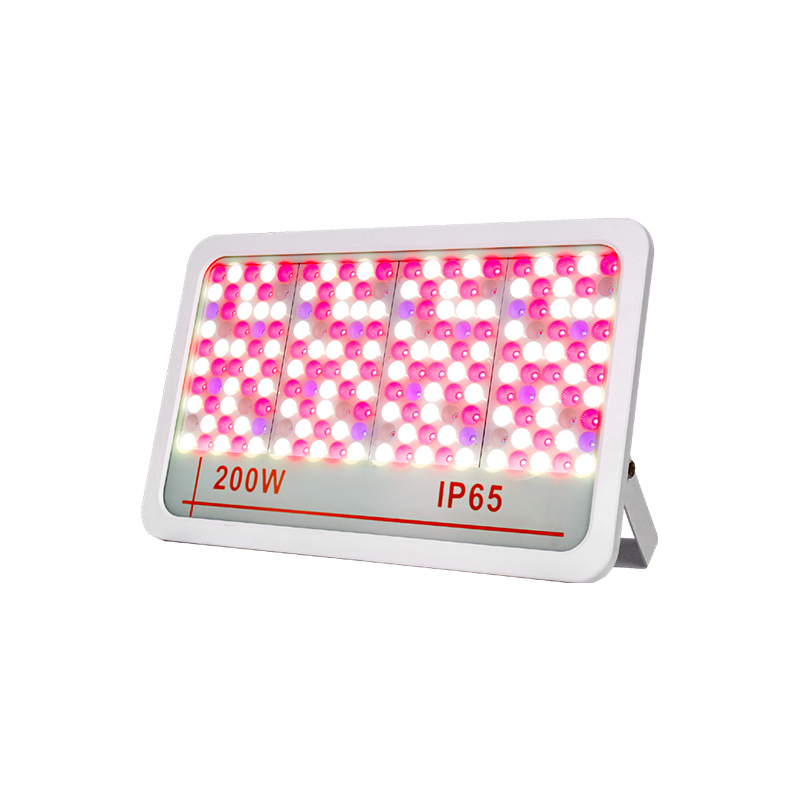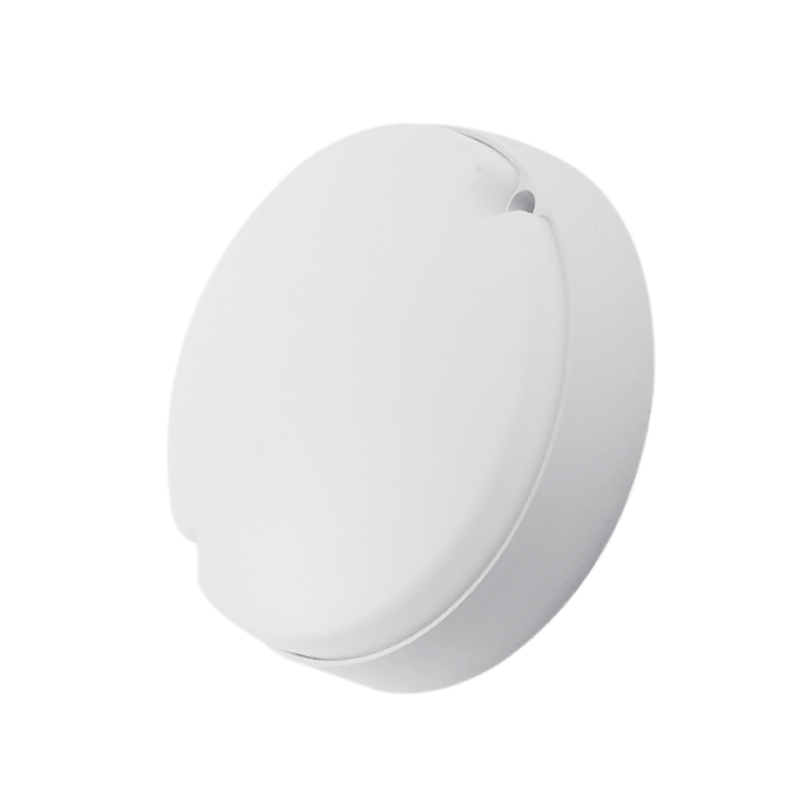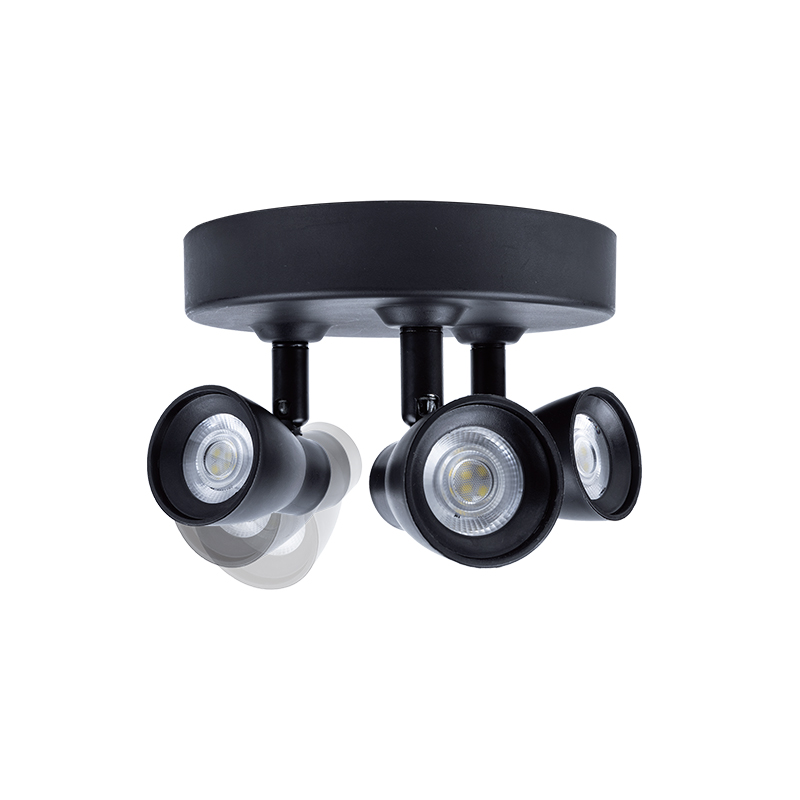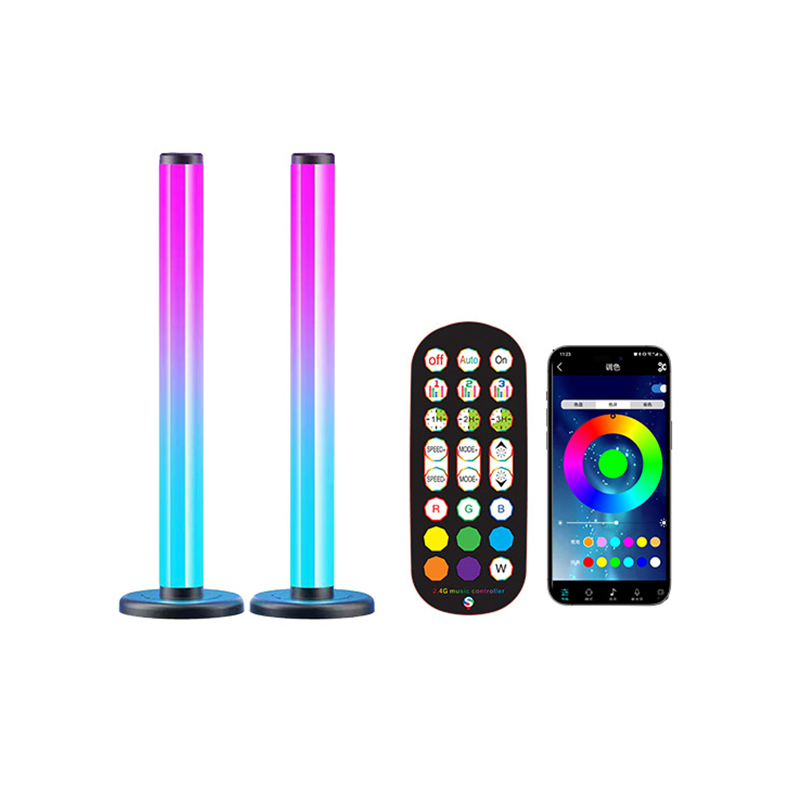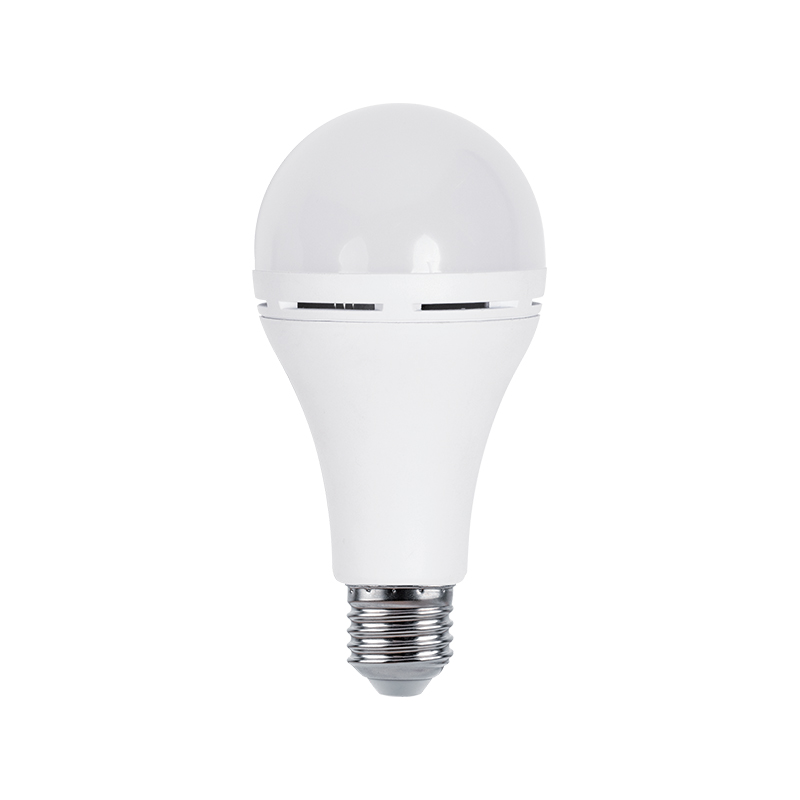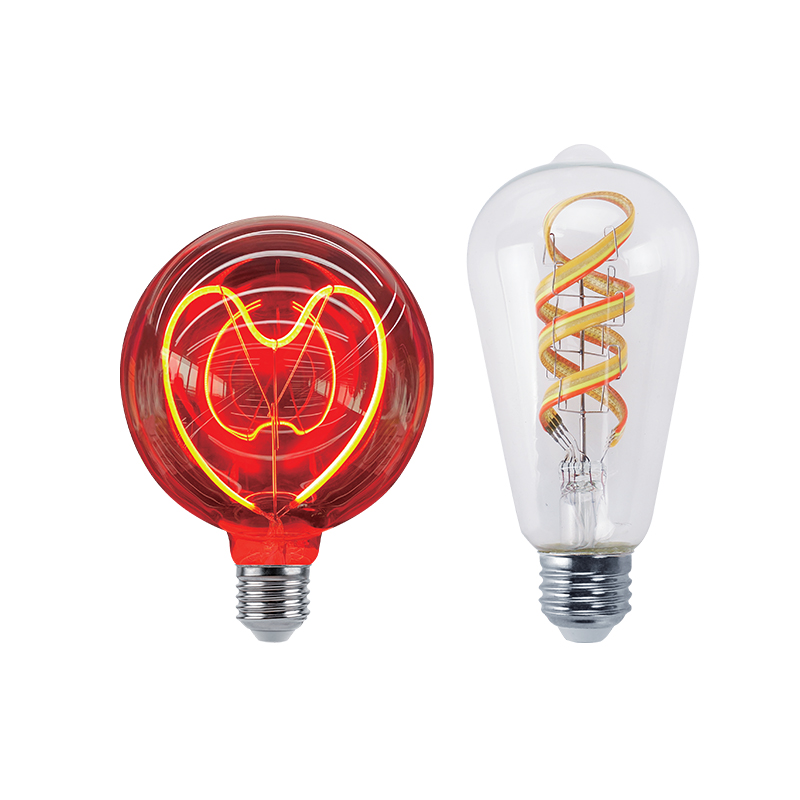We sincerely look forward to establishing a long-term development partnership with you with good quality and professional services.
Various models and compatibility: flexible adaptation solutions for T5 LED lamps
In the field of professional planting, different planting environments and plant species have significantly different requirements for lamp specifications. With its diverse models and strong compatibility, T5 LED integrated horticultural lamps are an ideal choice to meet various professional planting lighting needs.
1.Power rating and size selection
T5 LED all-in-one horticultural lamps offer a wide range of options in power ratings, from low to high, to suit planting projects of different sizes and needs. For small indoor growing spaces, such as grow boxes for home gardening enthusiasts, small greenhouses, or scientific research growing areas in laboratories, low-power T5 LED lamps (such as 18W, 24W) are a good choice. These low-wattage lamps use less energy and generate relatively little heat, which will not put too much pressure on temperature control in a small space, while providing enough light for a small number of plants. Taking the 18W T5 LED lamp as an example, it can effectively cover the planting area of 0.5-1 square meters, meeting the basic requirements for light intensity and uniformity in small planting scenes.
For large-scale commercial planting, such as large greenhouses and vertical farms, high-power T5 LED lamps (such as 54W, 80W or even higher) are more advantageous. High-power lamps can provide stronger light intensity, ensuring that plants get sufficient light energy in large planting areas and promoting their rapid growth. For example, in a commercial greenhouse covering thousands of square meters, using 80W T5 LED lamps, through reasonable layout and installation, can achieve efficient lighting of the entire greenhouse area and improve plant yield and quality.
In addition to the diversity of power, T5 LED integrated horticultural lamps also have a variety of specifications in size. Common lengths of lamps are 0.3 meters, 0.6 meters, 0.9 meters and 1.2 meters. Short-sized lamps of 0.3 meters and 0.6 meters are suitable for installation between layers of planting racks with relatively compact space, or for supplementary lighting of local plants. In vertical farms, the spacing between layers of planting racks is usually small, and 0.6-meter T5 LED lamps can be easily installed between layers to provide uniform lighting for plants on each layer. The long-sized 1.2-meter lamps are suitable for top lighting of large planting areas, which can provide consistent lighting over a larger range, reduce the number of lamps installed, and reduce installation costs and maintenance workload.
2.Wide input voltage (85 - 265V) for global applicability
The wide voltage input characteristics (85 - 265V) of T5 LED integrated horticultural lamps make them widely applicable worldwide. In different countries and regions, the grid voltage varies. For example, in North America, the common household electricity voltage is 110 - 120V, while in many countries in Europe and Asia, the grid voltage is usually 220 - 240V. Traditional lighting fixtures can often only adapt to a specific voltage range. When the voltage does not meet the requirements, the lamp may not work properly or even be damaged.
The wide voltage input design of T5 LED integrated horticultural lamps allows them to be directly connected to the local power grid in most parts of the world without the need for additional voltage conversion equipment. T5 LED lamps can operate stably in cities with stable power supply and a voltage standard of 220V, as well as in remote areas with relatively weak power infrastructure and large voltage fluctuations. This global applicability not only facilitates cross-border agricultural projects and trade, but also reduces the complexity of equipment procurement and installation for companies conducting planting businesses in different regions. In some developing countries, the power supply is unstable and the voltage fluctuates frequently. With its wide voltage adaptability, T5 LED lamps can automatically adjust their working status when the voltage fluctuates, ensure the stability of lighting, and avoid insufficient light for plants due to voltage problems, which affects growth.
In addition, the wide voltage input feature also enhances the applicability of T5 LED lamps in emergency power supply scenarios. In the event of a power outage or other emergency situation, emergency power supplies such as generators are used. Since the voltage output by the generator may fluctuate to a certain extent, T5 LED lamps can operate normally within the voltage range of 85-265V, ensuring that plants can still obtain the necessary light during the emergency power supply period, reducing the impact of power outages on the lighting system, and ensuring that plant growth is not disturbed.
Spectrum customization and efficient photosynthesis: the light recipe advantages of T5 LED
Spectrum plays a vital role in the growth and development of plants. Different spectral compositions affect multiple physiological processes of plants, such as photosynthesis, morphological construction, flowering and fruiting. The spectrum customization function of T5 LED integrated horticultural lamps and their high efficiency in photosynthesis provide a powerful light formula advantage for professional planting.
1.Customizable options including Full Spectrum, R&B + Daylight
T5 LED integrated horticultural lamps provide a wealth of spectrum customization options, among which full spectrum, R&B + daylight and other spectrum types have attracted much attention. Full spectrum T5 LED lamps simulate the spectral distribution of natural sunlight, covering the full spectrum from ultraviolet to infrared. This full spectrum can meet the needs of plants for various wavelengths of light at different growth stages, providing plants with comprehensive lighting conditions. In the seedling stage of plants, full spectrum lighting helps promote the root development and stem and leaf growth of seedlings, making the seedlings stronger. In the flowering and fruiting period, full spectrum lighting can regulate the hormone balance of plants, promote flower bud differentiation and fruit development, and improve the quality and yield of fruits.
The R&B + daylight spectrum is a spectrum combination specially designed for plant photosynthesis and growth characteristics. Among them, R represents red light (600 - 700nm) and B represents blue light (400 - 500nm). These two wavelengths of light are the most important in plant photosynthesis. Red light can promote stem elongation, flowering and fruiting of plants, and has a significant effect on the reproductive growth of plants. Blue light mainly affects the morphological structure of plants, such as the size, shape and thickness of leaves, as well as the compactness of plants. At the same time, blue light can also improve the disease resistance of plants. In the R&B + daylight spectrum of T5 LED lamps, by reasonably adjusting the ratio of red light and blue light, and combining it with the appropriate amount of other visible light components, the optimal lighting environment suitable for the growth of different plants can be simulated. For example, for leafy plants, appropriately increasing the proportion of blue light can promote the growth of leaves and make the leaves more tender; while for flowers and fruit plants, increasing the proportion of red light can help promote flowering and fruit ripening.
In addition to full spectrum and R&B + daylight spectrum, T5 LED lamps can also customize other spectrum formulas according to customers' special needs. Some scientific research institutions may need light of specific wavelengths to induce gene mutations in plants or screen specific traits when conducting plant breeding research. The spectrum customization function of T5 LED lamps can meet these special needs and provide precise lighting conditions for scientific research.
2.Effects of high PPF values and light efficiency (0.5 - 2 J/μmol) on plant growth
Photosynthetic photon flux (PPF) and light efficiency are important indicators for measuring the performance of horticultural lamps. T5 LED integrated horticultural lamps perform well in this regard. Their PPF value is high and the light efficiency can reach 0.5 - 2 J/μmol, which has a positive effect on plant growth.
The PPF value indicates the number of photosynthetically active photons radiated by the lamp per second, which is directly related to the number of photons that plants can receive for photosynthesis. The high PPF value of T5 LED lamps means that more photosynthetically active photons can be provided to plants per unit time, thereby enhancing the photosynthesis intensity of plants. Under the same lighting time, T5 LED lamps with high PPF values can enable plants to accumulate more photosynthetic products and promote rapid growth of plants. For example, when growing tomatoes, using T5 LED lamps with high PPF values can significantly accelerate the growth rate of tomato plants and significantly improve the yield and quality of the fruit. Compared with traditional lighting fixtures, T5 LED lamps can provide higher PPF values at the same power, allowing plants to use light energy more effectively and improve light energy utilization efficiency.
Light efficiency reflects the ability of a lamp to convert electrical energy into photosynthetically active radiation. The high light efficiency of T5 LED lamps (0.5 - 2 J/μmol) means that it can produce more photosynthetically active radiation with less electrical energy consumption. This not only reduces the energy cost during the planting process, but also reduces the heat generated by the conversion of electrical energy. In large-scale planting facilities, if the heat generated by a large number of lamps cannot be effectively controlled, it will put a great pressure on the temperature regulation of the planting environment and increase the operating costs of cooling equipment such as air conditioners. The high light efficiency of T5 LED lamps reduces heat generation and reduces the impact on ambient temperature. It also extends the service life of the lamps because lower temperatures help slow down the aging of the internal components of the lamps. In addition, the high light efficiency also makes T5 LED lamps more energy-efficient than traditional lamps under the same lighting effect, which meets the requirements of modern sustainable agricultural development.
Stable and precise lighting performance: the technical reliability of T5 LED
In professional planting, stable and precise lighting is the key factor to ensure healthy plant growth and high yield and quality. T5 LED integrated horticultural lamps have demonstrated excellent technical reliability with their flicker-free design, high power factor and high color rendering index.
1.Flicker-free design, high power factor (PF) stability
T5 LED integrated garden lamps adopt a flicker-free design, which is of great significance to the growth of plants. When traditional fluorescent lamps and other lighting equipment are working, they will produce a certain frequency of flicker due to the periodic changes of alternating current. Although this flicker frequency is high and may be difficult for the human eye to detect, plants are very sensitive to changes in light. Long-term exposure to flickering light will affect the photosynthesis and growth and development of plants. The photosynthetic system of plants works according to a certain rhythm. Flickering light will disrupt the physiological rhythm of plants, resulting in reduced photosynthesis efficiency, slow plant growth, and even abnormal growth.
T5 LED lamps achieve flicker-free lighting through advanced electronic drive technology. They can provide stable and continuous light, allowing plants to photosynthesize in a uniform light environment and give full play to their growth potential. Flicker-free light can also reduce stimulation to the plant's visual system, help maintain the normal physiological metabolism and hormone balance of plants, and promote healthy growth of plants. In some scientific research planting projects that require extremely high light stability, the flicker-free characteristics of T5 LED lamps can provide reliable lighting conditions for experiments, ensuring the accuracy and repeatability of experimental results.
High power factor (PF) is also an important manifestation of the stability of T5 LED lamps. Power factor is an important indicator to measure the efficiency of electrical equipment in utilizing electric energy. The higher the power factor, the more fully the electrical equipment utilizes electric energy and the less the loss of the power grid. T5 LED integrated horticultural lamps have a high power factor, usually above 0.9. This means that when the lamp is working, it can convert the electric energy provided by the power grid into light energy to the maximum extent, reducing the loss of electric energy during transmission and conversion. High power factor not only improves energy utilization efficiency and reduces planting costs, but also reduces the adverse effects on the power grid. In large planting areas, a large number of lamps are running at the same time. If the power factor is low, it will lead to an increase in reactive power in the power grid, causing voltage fluctuations, increased line losses and other problems. The high power factor of T5 LED lamps can effectively avoid these problems, ensure the stable operation of the power grid, and provide reliable power support for the entire planting system.
2.The significance of CRI ≥ 80 for plant color observation and evaluation
The color rendering index (CRI) is an indicator that measures the ability of a light source to restore the true color of an object. The color rendering index of T5 LED integrated horticultural lamps is ≥80, which is of great significance for the observation and evaluation of plant colors. In professional planting, accurate observation of plant color changes is an important basis for judging the growth status, nutritional status and health of plants. For example, by observing the color of plant leaves, it can be determined whether the plant lacks a certain nutrient element. If the leaves are yellow, it may be a lack of nitrogen; if the leaves are purple, it may be a lack of phosphorus.
T5 LED lamps with high color rendering index can truly restore the color of plants, allowing growers to more accurately observe subtle changes in plant color. In traditional low color rendering index lighting environments, plant colors may deviate, causing growers to misjudge plant growth conditions. T5 LED lamps with a color rendering index of ≥80 can make plants present true colors close to those under natural light, helping growers to promptly detect abnormal conditions of plants and take appropriate measures to adjust and deal with them. In flower cultivation, the color of flowers is one of the important evaluation indicators of their quality. T5 LED lamps with high color rendering index can accurately present the color of flowers, making it easier for growers to evaluate and grade the quality of flowers and improve the market competitiveness of flowers. In addition, in the process of plant breeding, accurately observing the color characteristics of plants is also crucial for selecting excellent varieties. The high color rendering index of T5 LED lamps provides good lighting conditions for plant breeding work, which helps to improve the accuracy and efficiency of breeding.
Application scenarios and energy efficiency optimization: the actual value of T5 LED in horticultural lighting
T5 LED integrated horticultural lamps have demonstrated unique practical value in different application scenarios. By comparing the energy efficiency with traditional lighting and analyzing the suitable planting environment and crop types, we can have a clearer understanding of its advantages in horticultural lighting.
1.Energy efficiency data comparison and advantages of traditional lighting
Compared to traditional horticultural lighting fixtures, T5 LED all-in-one horticultural fixtures offer significant advantages in terms of energy efficiency. Take the common high-pressure sodium lamp as an example. High-pressure sodium lamp is one of the commonly used lamps in traditional horticultural lighting, but its energy efficiency is low. The luminous efficiency of high pressure sodium lamps is generally around 80 - 100 lm/W, while the luminous efficiency of T5 LED lamps can reach 120 - 180 lm/W or even higher. This means that T5 LED fixtures consume less electricity while providing the same light intensity.
From the perspective of the efficiency of converting electrical energy into light energy, when high-pressure sodium lamps are working, a large amount of electrical energy is converted into heat energy, and only a small part of the electrical energy is converted into light energy. Its light efficiency conversion rate is usually between 30% and 40%. The light efficiency conversion rate of T5 LED lamps can reach 60% to 80%, which can more effectively convert electrical energy into the light energy required by plants. Taking a 1,000 square meter greenhouse planting area as an example, if high-pressure sodium lamps are used for lighting, the monthly electricity bill is high if it is illuminated for 12 hours a day. After replacing with T5 LED lamps, while ensuring the same lighting effect, the monthly electricity bill can be saved by 30% to 50%, greatly reducing the planting cost.
In addition, during the use of traditional lighting fixtures such as fluorescent lamps, as the use time increases, the light decay phenomenon is more obvious, the lighting effect will gradually decrease, and the lamps need to be replaced frequently. T5 LED lamps have lower light decay and longer service life, generally up to 50,000 - 100,000 hours. This not only reduces the frequency of lamp replacement and maintenance costs, but also ensures long-term and stable lighting effects in the planting area. In large-scale planting projects, these energy efficiency advantages of T5 LED lamps can significantly reduce operating costs and improve planting benefits.
2.Recommendations for suitable planting environment and crop types
T5 LED integrated horticultural lamps are suitable for a variety of planting environments. In terms of indoor planting, T5 LED lamps can play a good role in small home planting rooms, office green walls, and large vertical farms. In home planting rooms, T5 LED lamps can be flexibly installed and configured according to the size of the planting space and the type of plants, providing professional lighting conditions for home gardening enthusiasts, allowing them to grow healthy vegetables and flowers indoors. In vertical farms, due to limited space and high requirements for uniformity and accuracy of lighting, the diverse models and customized spectrum functions of T5 LED lamps can meet the lighting needs of plants between different layers and achieve efficient vertical planting.
In greenhouse planting environments, T5 LED lamps also perform well. For greenhouses that require supplementary lighting, T5 LED lamps can provide additional light for plants when natural light is insufficient, extend the lighting time of plants, and promote plant growth. Especially in winter or rainy days, the supplementary lighting effect of T5 LED lamps can effectively make up for the lack of natural light and ensure the normal growth and development of plants. In some smart greenhouses, T5 LED lamps can also be combined with environmental control systems to automatically adjust light intensity and spectral composition according to environmental parameters such as light, temperature, and humidity inside the greenhouse to create the best growth environment for plants.
Different types of crops have different requirements for T5 LED lamps. For leafy plants, such as lettuce and spinach, they need more blue light to promote leaf growth and chlorophyll synthesis during their growth. Therefore, when growing leafy plants, you can choose T5 LED lamps with a higher proportion of blue light in the spectrum, or increase the content of blue light by customizing the spectrum to meet the growth needs of leafy plants. For flower plants, such as roses and tulips, red light has an important effect on flower bud differentiation and flowering. In flower cultivation, you should choose T5 LED lamps with a higher proportion of red light, or adjust the spectrum formula to increase the intensity of red light to promote the flowering of flowers and the brightness of flower colors. For fruit plants, such as tomatoes and cucumbers, full-spectrum or R&B + daylight spectrum T5 LED lamps can meet their needs at different growth stages, from vegetative growth in the seedling stage to reproductive growth in the flowering and fruiting stage, and can provide suitable lighting conditions to improve fruit yield and quality.

 English
English Español
Español Deutsch
Deutsch
